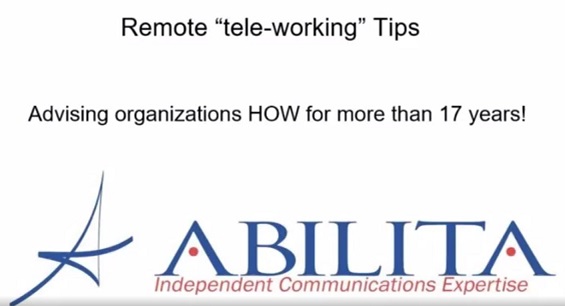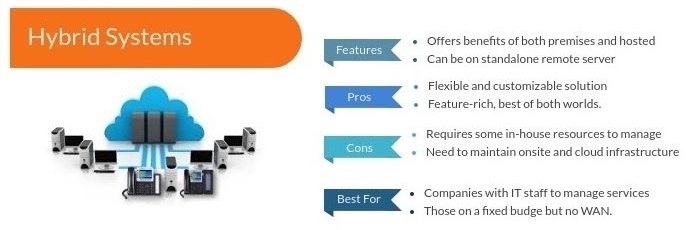Fishing can be an exceptionally relaxing way to spend a sunny afternoon. That is, unless you’re the fish. The more contemporary concept of phishing scams everyone, from ordinary web surfers to marketers to high-level executives.
3 ways to protect your business from phishing scams
To help you steer clear of future headaches, here are three key ways to protect your business from the vast number of phishing scams lurking on the web:
- Use proven professional antivirus software.
- Migrate from HTTP to HTTPS.
- Preach the importance of safe email use.
What are phishing scams?
Put simply: Phishing scams are attempts by a hacker to pilfer your personal information for their own financial gain. And they cast a wide, effective net — costing companies roughly half a billion dollars per year in the U.S. alone.
Being able to avoid the bait set every day by hackers and scam artists is an important skill to cultivate for all internet users. And if you’re running any aspect of your business online, getting caught will cost you not only money but also loss of customer confidence and possible fines for not providing adequate safeguards.
Let’s look at each strategy in more detail.
1. Use (and update) your antivirus software
There are a variety of tools and antivirus software services available for businesses. Free downloads do not provide the full range of protection a business needs. Your antivirus package should include email, web and malware protection.
Once your antivirus software is live, don’t just set it and forget it. Leaving all of your company data in the hands of out-of-date software is asking for trouble. Studies have found that out-of-date antivirus software is similar to having no antivirus protection at all.
2. Migrate your website from HTTP to HTTPS
One type of phishing that is less publicized but equally dangerous is referred to as pharming, and it can affect your website even when clicking a link or downloading an attachment. The “S” at the end of HTTPS stands for Secure which means communications between your browser and website are encrypted.
While HTTPS protects your own website to a great extent, seeing it on another website doesn’t mean that URL is necessarily safe. Phishers have learned to exploit some SSL certificates, which give a website its “HTTPS” encryption designation.
3. Preach the importance of safe email use (don’t click that link!)
Even with all of the antivirus technology in the world at your disposal, user error can still lead to company data getting compromised. All it takes is one wrong click inside an inbox.
Phony emails that trick users into divulging their personal information are prevalent and they are on the rise as automation makes sending out bulk messages easier than ever. If even one employee fell for a single one of these email phishing scams, it could mean big trouble for your business.
Phishers have had time to refine their skills over the years. Some now even specifically take aim at company executives (a process known as whaling) to nab high-level access to all kinds of company/employee data.
Make sure your employees are aware of what’s at stake when it comes to safe email use. Implement policies for safe and secure email. Building a culture of skepticism where suspicious emails are treated with caution is a big step toward protecting your business from the negative effects of email phishing.
You can never be too cautious
Online phishing scams are born out of vulnerabilities. If one hacker or fraudster finds a situation that can be exploited, they are going to do so. These con artists have been known to use psychology, technology and craftiness to exploit anyone or any situation they can. Scams can also be perpetrated via the phone: phishing for account numbers and passwords or requesting bank account details to process a “refund”.
If you invest in the digital security of your business, train employees to be critical of suspicious emails, and maintain a proactive rather than reactive attitude about data protection, you’ll be able to ideally avert every potential phishing crisis that rears its ugly head.
Abilita and our business partners are available to assist with any of your company’s technology needs. Contact your Abilita consultant today.
This article, written by Brenda Barron, first appeared on GoDaddy.com on Oct 11, 2018. Brenda Barron is a writer from southern California specializing in technology and business.












